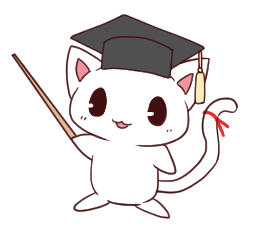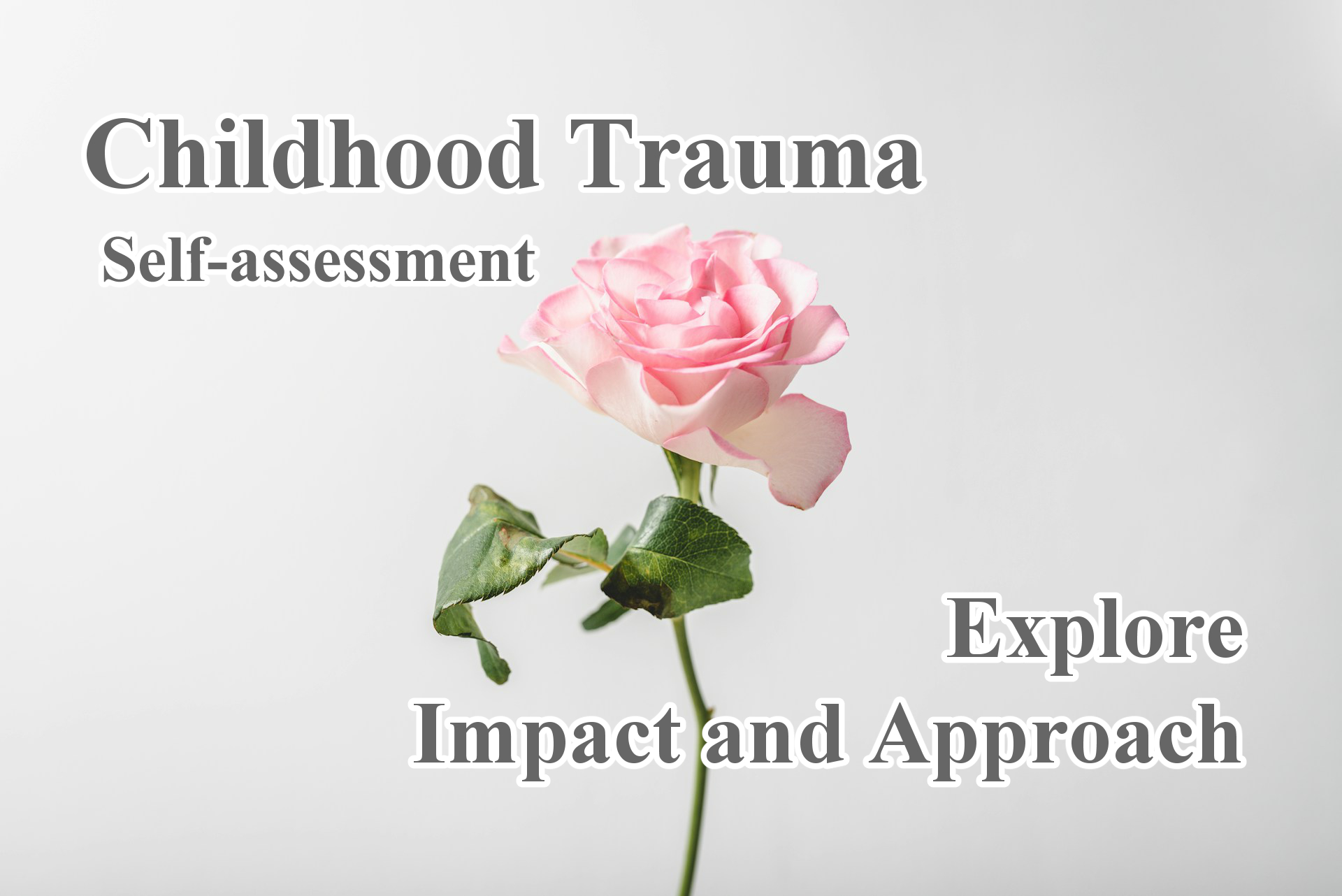This article was originally written in Japanese targeting Japanese individuals struggling with HSP. While it can be translated into any language using browser translation tools, I understand that the process itself can be cumbersome, especially for those who may not be familiar with how to use them. Therefore, I translated the content into English as well with the hope that it may be immediately accessible to those who need it, and that it might be helpful for people worldwide who are dealing with HSP to find some positivity. Despite the text being somewhat rudimentary and the English translation not being perfect, I would be very pleased if it proves useful to anyone.
Here is the main text of the article. This test is a self-diagnosis to uncover your “childhood traumas.” This is from Dr. Elaine N. Aron’s book “The Highly Sensitive Person: How to Thrive When the World Overwhelms You.”
- I want to diagnose whether my childhood experiences are influencing me now.
- I want to diagnose without reading a book.
- I don’t want to use paper and pen.
*There is a possibility of experiencing flashbacks through this diagnosis. Please proceed with caution if you choose to undergo the diagnosis.
*This article is a translation of the content originally written in Japanese into English. It was written by reading the Japanese translation of the original book written in English, and then translating it back into English. Therefore, there may be errors in the text. While I believe there is no significant deviation in the content, please read with caution.
What is HSP?
HSP stands for Highly Sensitive Person, which refers to an innate temperament inherited genetically. This term is a psychological concept advocated by Dr. Elaine N. Aron, an American psychologist.Highly Sensitive Persons (HSPs) are born with the following temperament traits:
- Extremely sensitive
- Overly sensitive
- Highly receptive etc.
They possess much sharper senses than the average person, and it is estimated that about one in five individuals has tendencies toward HSP.The following figures are calculated based on the global population in 2020.
●Global population: approximately 7.8 billion people
↓
●Individuals with tendencies toward HSP: approximately 1.55 billion people
As a result of this calculation, many are said to be aware of being HSP and struggling with their overly sensitive nature.Furthermore, this article is a self-diagnosis aimed at analyzing the connection between “childhood traumas and one’s current self,” as featured in Dr. Aron’s book “The Highly Sensitive Person: How to Thrive When the World Overwhelms You,” the foremost authority on HSP research.
About “Childhood Trauma Assessment”
Dr. Aron provides the following precautions before undergoing this diagnosis.
- People who had relatively happy and stable childhoods may not need to undergo this assessment.
- For those who are grateful for the fortune of their childhood and want to cultivate empathy towards others, it is also beneficial to undergo this assessment.
- Those who have already resolved issues from their childhood need not undergo this assessment.
- Those undergoing the assessment should be prepared for “some degree of shock”!
Since this self-diagnosis seemed a bit time-consuming to understand, I tried to interpret various aspects in my own way.
For those who want to start the “self-diagnosis” right away, click here.
<Quotation from “Questionnaire Items”>
- Written by Elaine N. Aron (1996)
- Translated by Kaori Tomita (2000)
- “ささいなことにもすぐに「動揺」してしまうあなたへ。” Kodansha, pp. 275-277.
*When “ささいなことにもすぐに「動揺」してしまうあなたへ。” is written in romaji.
→ SASAINAKOTONIMOSUGUNI「DOYO」SHITESHIMAUANATAHE。
<Questions [sic]>
これから挙げるリストにそって進み、自分にあてはまる項目をチェックしよう。さらに五歳までの間に起こったことに☆印をつける。二歳以下に起こったことなら、二つ☆印をつける。もしその状況が長い間続いたのなら(「長い」とはどのくらいの長さなのかを自分なりに定義しよう)、チェックしたものや☆印をつけたものを〇で囲む。もしその出来事がいまだに自分の生活の影響を及ぼしていると思ったら、その項目もチェックする。チェックしたもの、☆印や〇をつけたものが、いちばん大きな問題の所在を教えてくれるはずだ。
“ささいなことにもすぐに「動揺」してしまうあなたへ。” Kodansha, pp. 275-277.
<Translating the above back into English>
Follow along the list provided below and check the items that apply to you. Additionally, put a ☆ next to events that occurred before the age of five. If the event occurred before the age of two, put two ☆ marks. If the situation persisted for a long time (“long” being defined by your own standards), encircle the checked items or those marked with a ☆. If you believe that any of these events still impact your life, also check those items. The checked items, ☆ marks, and circled items should indicate the root of the most significant issues.
The original book can be purchased from the following link.
Considerations for facilitating the diagnosis
To make it easier to diagnose, we have made adjustments so that selecting among the 13 options for each item is not overly difficult. Instead of listing the contents of each option verbatim, which might make selection challenging, we have provided key points for each option – “When,” “Duration,” and “Impact on Now” – listed on separate lines to make intuitive selection easier.There is only one checkbox available for selection.As you make your choice, try to recall only the keywords such as “age unknown,” “long,” or “impact” associated with each option. Additionally, to make it easier to grasp the content of each item along with its options, we have enclosed them in a bordered set for quick reference (the answers will be displayed after checking the options). Furthermore, at the end, we have compiled a summary listing all 28 items along with their options for quick reference. This can be used to locate items of interest or prioritize items with a higher number of “★” for deeper investigation.
Meaning of the choices
In response to the questions:
- Age: When did the situation described in the item begin (occur)?
- Duration: How long did the situation described in the item last (define “short” and “long” according to your own standards)?
- Impact: Does the situation described in the item have an impact on your current life?
Please answer while keeping the above three points in mind.For example, the option “Age unknown / Short duration / No impact” would be as follows:
- You don’t remember when the situation described in the item began (occurred).
- The situation described in the item lasted for a short period.
- The situation described in the item does not have an impact on your current life.
Meaning of the diagnostic result’s deep dive priority [★☆]
“The deep dive priority” is not scored. To prevent confusion when there is a lot of diagnostic content and it’s unclear which items to verify and where to start, we have provided a visual indicator of which items should be verified first, essentially marking them for prioritized investigation. Items with more “★” have a higher priority. Before we proceed with the questions, a final word.
While reading this question in a book, I thought, “It must be challenging to answer this question using pen and paper,” so I wrote this article. I hope this content helps you digest the material thoroughly. Now, let’s continue.
*Only the selected results will be displayed in the options list. Please be sure to select the items for which you want to see the results.
Begin the self-diagnosis
Let’s begin the diagnosis.
For the following items, please select the “○” that applies to you from the 13 options and provide your answer.
*The translation into Japanese of the original book is as indicated in the preceding paragraph. Additionally, the Japanese text retranslated into English is provided following the Japanese translation. Please check if you are interested.
◆No.1:
Your parents didn’t view your sensitivity as a positive trait. Moreover, and/or, they were unable to cope with it effectively.
【Answer for No.1】
◆No.2:
You were an unwanted child.
【Answer for No.2】
◆No.3:
Raised not by parents or a warm-hearted family member, but by multiple caregivers.
【Answer for No.3】
◆No.4:
You were raised in a rather overprotective manner.
【Answer for No.4】
◆No.5:
You were forced to do things beyond what you felt capable of handling, out of fear.
【Answer for No.5】
◆No.6:
Your parents thought you had physical/mental quirks.
【Answer for No.6】
◆No.7:
You were manipulated or dominated by parents, siblings, neighbors, school friends, or others.
【Answer for No.7】
◆No.8:
You experienced sexual abuse.
【Answer for No.8】
◆No.9:
You experienced physical abuse.
【Answer for No.9】
◆No.10:
You endured constant ridicule, teasing, shouting, criticism, and other forms of verbal abuse. Alternatively, your self-image was shaped by extremely negative individuals in every sense.
【Answer for No.10】
◆No.11:
As a child, you didn’t receive much attention. Alternatively, you received attention only for special achievements or accomplishments.
【Answer for No.11】
◆No.12:
Among your past partners or close acquaintances, there have been individuals with alcohol dependence, drug addiction, or mental illness.
【Answer for No.12】
◆No.13:
You didn’t receive much care from your parents because they were ill or had physical disabilities.
【Answer for No.13】
◆No.14:
You had to take care of one or both parents physically/emotionally.
【Answer for No.14】
◆No.15:
There was a difficult-to-live-with parent labeled by mental health professionals as “narcissistic,” “sadistic,” or similar terms.
【Answer for No.15】
◆No.16:
You were bullied at school or in your neighborhood.
【Answer for No.16】
◆No.17:
You experienced childhood traumas other than abuse, such as chronic illness, injuries, physical disabilities, poverty, natural disasters, parental unemployment, or extreme stress.
【Answer for No.17】
◆No.18:
In your upbringing, opportunities to do various things were restricted. Additionally, your family may have been poor or you may have been treated as “inferior” due to reasons such as belonging to a minority group.
【Answer for No.18】
◆No.19:
There were significant changes beyond your control (such as relocation, death, divorce, abandonment, etc.).
【Answer for No.19】
◆No.20:
You felt strong guilt about things you believed were your fault but couldn’t talk to anyone about it.
【Answer for No.20】
◆No.21:
As a child, you had thoughts of wanting to die.
【Answer for No.21】
◆No.22:
You lost your father during childhood (due to death, divorce, etc.), and you weren’t very close to him. Moreover, he was not very involved in raising you.
【Answer for No.22】
◆No.23:
You lost your mother during childhood (due to death, divorce, etc.), and you weren’t very close to her. Moreover, she was not very involved in raising you.
【Answer for No.23】
◆No.24:
If both of the preceding questions apply to you, you might believe that your parents “abandoned you voluntarily” or “rejected you for personal reasons.” Alternatively, you may have thought that you lost your parents because of your own actions.
【Answer for No.24】
◆No.25:
A close family member such as a sibling died or moved away from you.
【Answer for No.25】
◆No.26:
Your parents always fought. Moreover, they divorced and fought over you.
【Answer for No.26】
◆No.27:
During your teens, you often caused trouble or showed suicidal tendencies. Alternatively, you abused drugs or alcohol.
【Answer for No.27】
◆No.28:
During your teens, you often clashed with authority figures (such as school or the police).
【Answer for No.28】
【Your choices summary】
Well done!
Let’s try to find your own way to deal with it

How were your results, everyone?
I apologize if the series of difficult questions made you feel distressed.
Dr. Aron suggests in the book to “try to find patterns for yourself.” Specifically, she outlines the following steps to explore patterns.
- Fear arises depending on the choices.
↓ - Reflecting on one’s personal history.
↓ - List your strengths (talents, achievements, experiences where you helped others, etc.)
↓ - Offset “3” with the negative aspects of the diagnostic items.
↓ - Take some time (Dr. Aron suggests that “going for a walk is also a good idea”).
↓ - Praise yourself for enduring “3” and the “negative aspects of the diagnostic items.”
↓ - Consider what you need right now in your own way.
Dr. Aron provides concrete examples like these. If things become too overwhelming to handle on your own, considering therapy is also recommended. If you’re interested in learning more, I suggest reading the original book.
This self-diagnosis seemed a bit time-consuming to understand, so I tried to interpret various aspects in my own way.
Thank you for reading up to this point.
Take care! ✿


コメント